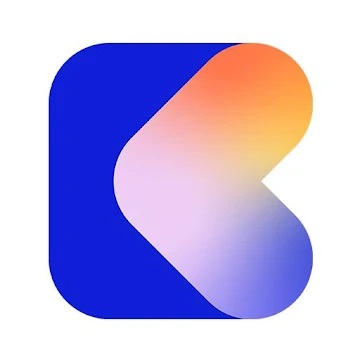Beem app update lays the groundwork for the AR messaging app of the future
One step closer to the holograms in science fiction

What you need to know
- AR messaging app Beem just got a big UI overhaul and several new features, including a new home screen that lets users record more quickly.
- Holograms can now be saved and reshared in the app's gallery, and clips are now converted on the phone instead of in the cloud.
- Beem is aiming to better position itself for future AR platforms and businesses with new backend changes.
Earlier this year, AR startup Beem received a round of new investment funding that went directly toward a brand new app and backend update. While Beem's initial app release was novel, the interface left a lot to be desired and it heavily relied on communication through other apps before beginning the "holographic" experience.
Beem's new app update better presents itself as a messaging app from the get-go. Much like Snapchat or similar apps, Beem — which is a free download on Android and iOS — now begins with a camera viewfinder that encourages users to record messages immediately upon opening the app. Those messages are now rendered and converted on-device instead of on the cloud and can also be saved and reshared as many times as you want.
When you want to view someone else's Beem, you'll be able to use your phone's camera and display to see their hologram — as Beem calls it — right in the room you're standing in. While it's still a bit of a novel concept on a 2D display like a smartphone, messaging apps like Beem will play an important role in a more visual, spatially-aware type of communication on future smart glasses.
In an interview between Android Central and Beem's founder and CEO Janosch Amstutz, Amstutz told me the company was aiming to create a messaging platform that can encompass the entirety of the human communication paradigm. That includes not only voice inflection and facial expressions — as can be experienced on any number of existing video chat platforms — but also full body language.

AR and VR both play a valuable role in increasing the realism of effectiveness of digital communication by giving users a greater spatial awareness and, as many studies have pointed out, the ability to better remember what was talked about during the conversation. Beem is designed to take advantage of this spatial awareness by letting its users place "holograms" of people and their messages right in the same room.
Beem says it's currently working on building a version of Beem for "a certain VR headset." There's little doubt Amstutz means the Oculus Quest 2, which could further enhance that level of immersion by using the Quest 2's AR passthrough ability. In a nutshell, that means using the Quest 2's headset-mounted cameras to place a virtual object in the real world.
Beem is also aiming for the business market with its new Beem for Business license, which includes the ability to record at higher resolutions and for longer time lengths. That could make it easy for clothing companies to show users more realistic representations of something they want to buy, give companies a more immersive way to train their employees on the job, and plenty of other examples where having a holographic representation of a person in a physical space would enhance the message.
Be an expert in 5 minutes
Get the latest news from Android Central, your trusted companion in the world of Android
Amstutz told me that Beem's unique holographic style of communication helps enhance the messenger's credibility. The idea is that our brains trust something that can be seen spatially more than something that's on a flat-screen. Whether that's news coverage of current events or a special Valentine's Day message sent to a sweetheart, Beem hopes to be part of the next evolution in communication.


